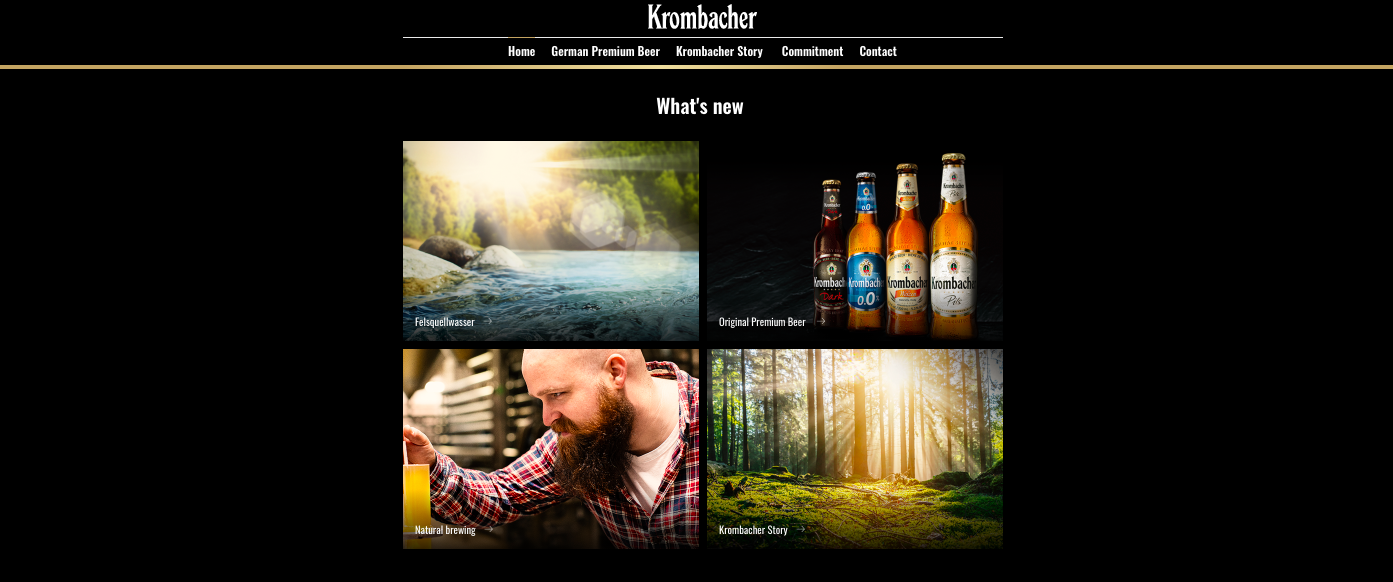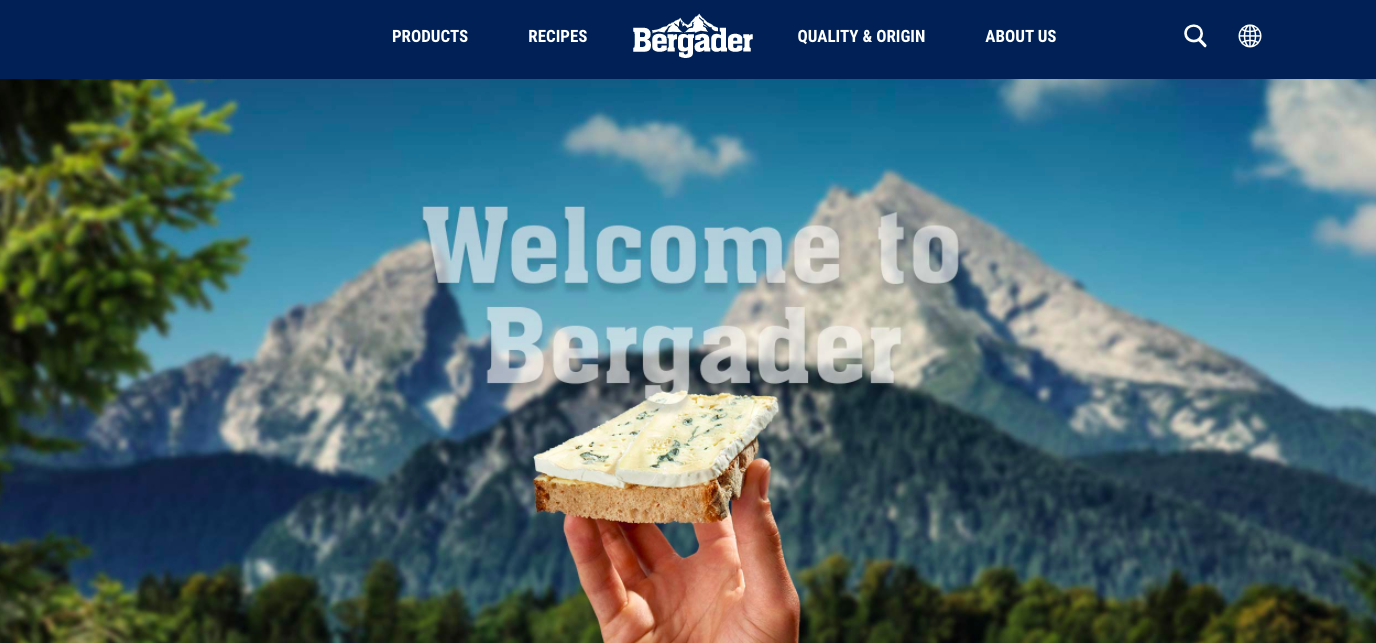
Brand Communication – How to Present Your Brand Successfully
Last update: 5 July 2023 at 09:05 am
Strong brand communication brings a brand into the focus of consumers. Only if the strengths and special features of the brand are anchored in the minds of the customers can the management of the brand be ensured.
The definition of brand communication does not only refer to the advertising text or the corporate communication on the website. It also includes all other activities of the brand.
But what is the best way to design the content of a brand’s communication? What is the best way to reach and convince customers? And which communication and brand strategy is best for clearly communicating information about the product?
What is Brand Communication?
Brand communication refers to a:
strategic and operational process that aims to bundle companies’ internal and external communication instruments in such a way that a consistent image of the company or brand is conveyed
The various instruments of communication can vary greatly. Different messages can be conveyed through social media channels and online marketing than through product packaging, for example.
Development of Successful Marketing Communication
Parameters for successful communication are communication quality and communication pressure.
Pressure is generated by the communication mix, i.e., the regular use of the relevant communication channels. The communication mix is controlled by communication planning, the allocation of budget, and resources.
But before communicating, we should define the basics of brand or self-presentation.
Define Strategic Brand Communication Objectives
In your communications strategy, define what goals are actually to be pursued. Approaches for this can be:

- Increasing brand awareness for strong branding
- Addressing a new market/target group
- Localization strategy and adaptation
- Improving image and perception
- International expansion of the brand presence
- Repositioning of the brand/products
- Introduction of a new brand
- Addressing and inspiring existing and new consumers
- Addressing and inspiring own employees
- Promoting the activities of the brand
Once the communication objectives have been defined, they should be prioritized and recorded in writing so that they can be referred to again and again.
Definition of Brand Strategy
To promote a brand to the outside world, it must be clear what it stands for. Therefore, the following questions should be clear:
- What is the company’s motivation?
- Which markets are to be targeted?
- What is the difference of the company’s product vs. the competition?
- What service does the company offer to people internally and externally?
- Which values are represented?
- What overall goals are being pursued?
- What is the company’s market based pricing strategy?
- Define the offer
How one sees one’s own company is usually clear. But what do customers see?
Use your marketing tools to clearly communicate what the value, benefits, and function are for employees and consumers. Working out the aspects of customer value is difficult, but it’s also one of the most important pieces of communication of all.
Development of Brand Promise and Core Messages
The brand core, the basis for the entire brand management, is now defined from identity and offer.
From this, in turn, brand promises, brand values, core messages, and the basic emotional attitude of marketing and the company are derived.
Communication instruments are standard texts in different lengths, which describe the company as well as the product. Slogans help to bring special features, values, and brand promises to the point.
Corporate Design
Brand communication and advertising are best remembered when they are visually supported. A corporate design gives the brand a recognition value. It differentiates the company from the competition and makes the brand clearly identifiable.
Communication Strategy
Based on the defined communication goals, communication instruments can now be planned and deployed:
- Developing a strategy for public relations and advertising, for example, through events, campaigns, press releases, interviews or professional articles.
- Determination of relevant communication channels online and offline.
- Determining suitable communication channels in the form of posters, giveaways, brochures or Internet presence.
- Determination of budgeting, scheduling and responsibilities for brand communication.
Principles of Successful Brand Communication
The most effective characteristics of communication policy can be summarized in three principles of success. On their basis, brand communication should be designed in the spirit of brand management.
Differentiation of the Brand
The most important aspect of all:
how does one’s own brand differentiate itself from the competition?
This is easier said than done. The product that scores points with customers is the one that stands out from other offers in a meaningful and relevant way.
Experience in the industry shows that differentiated products are better and more reliably anchored in the minds of consumers. Two tips for brand communication should therefore be taken into account:
- The smallest differences in brand management bring advantages
It is difficult to differentiate in a world of oversupply. That’s why even small differences are dramatized. A good example is the supply of beer in Germany.
Due to the purity law, there are not many opportunities for differentiation. Nevertheless, “Krombacher” manages to appeal to a target group that places particular value on purity and naturalness.
The company places special emphasis on the “rock spring water” with which this product is brewed. An ingenious PR strategy that uses positive associations to distinguish Krombacher from other beers.

2. Visualizing invisible differences through communication
How one product differs from another is not always apparent at first glance. That is why it is of interest to communicate the advantages or functions of products.
The Bergader cheese dairy, for example, used this approach to boost its image. For a long time, the mountain farmer’s cheese was just a normal cheese, but the sales figures increased as soon as the customers learned that only milk from selected mountain farmers, whose cows graze on meadows with a high herb content, is used for the production.

The company made it its motto to use this characteristic offensively in brand communication and to show customers the difference through communication and packaging design.
Concreteness in Brand Communication
Brand communication highlights the strengths of the product. Customers learn most impressively and sustainably through concrete descriptions. What concrete advantages does your product offer compared to the market?
Frosta is an example of concrete communication. The “Purity Law” introduced in 2003 obliges food manufacturers to produce without artificial additives and only with good ingredients.
The marketing tools used here include:
- The contents and goal of the Purity Law are explained in detail on the company’s websites
- The “ingredient tracker” on the packaging makes it possible to trace the origin of each ingredient from all products
- Advertising motifs and brand communication refer to the purity law, origin and tracking possibilities
Without any effort, the customer understands exactly that Frosta is intensively concerned with its ingredients and their origin. This concreteness is particularly important in the minds of nutrition-conscious people.
Storytelling Through Brands
Word-of-mouth, or buzz marketing, has a greater impact on purchase decisions than any advertising.

Storytelling, i.e. facts, special features, and experience with the products of a brand are the basic material for stories. Facts that can be told stimulate the customer’s imagination and provide material for conversation.
The instruments of private and public brand communication merge here and facilitate networking across a wide range of categories and formats.
Moleskin uses storytelling, for example, for stories of artists and intellectuals such as Hemingway or van Gogh, who also made their notes in a small-format black book. The fact that Moleskine has only been around since 1998 does nothing to change the myth surrounding the book.
Names are Better Remembered
The transfer of product information among consumers works even better when names are assigned to the special features of the brand. They are then more tangible and easier to tell in this way. Some examples:
- Flensburg beer is not brewed with barley from Schleswig-Holstein, but with “coastal barley”.
- The delicious cherries at Mon Chérie are called “Piedmont cherries.
- Biorepair toothpaste works through zinc carbonate hydroxylaptite. To make the term common, it is simply called “artificial tooth enamel.”
If you require some additional help with finding a brand name, you may want t to seek help from a branding agency in Australia or somewhere close to you.
Pragmatic Goal of Corporate Brand Communication: Simplicity
The positioning of companies and their brands is often so complex that it is almost impossible to describe in a few sentences what makes the company and product brand special.
That’s why it’s so important to keep the way a company communicates its brand and presents itself as simple as possible and thus understandable.
Clearly Formulated Value Proposition
Due to the daily flood of information, it is sometimes difficult to filter what is relevant. Good brand communication is characterized by effectiveness and efficiency.
It is focused, reduced, and usually directed at a specific target group. The focus of communication is on the special features of a product or product group that the competition does not offer.
Simple Names Are Better Remembered
Simple branding requires simple names for the brand. Misleading or unpronounceable names hinder the creation of a strong brand.
Because the perception of the target group is particularly addressed in brand communication, the name has the highest relevance. It is already classified and evaluated during the first contact. The first impression counts!
A brand name that is easy to remember remains better and longer in the memory of the customer. Abbreviations are not suitable, because they are not self-explanatory and not easy to pronounce.
Simple names that get to the heart of the product’s special benefits and reduce them to the essentials work best.
Stumbling Blocks in Brand Communication
It is not easy to implement the principle of simplicity in brand management. The temptation and market pressure are great to generate short-term sales increases by expanding product ranges.
Often, this is at the expense of the actual brand message and differentiation. The consequence is the loss of attractiveness and appeal of the brand.
10 Golden Rules of Brand Communication
- Refrain from anything that does not serve the uniqueness of the product.
- Focus on the essential core messages of the brands.
- Clear, understandable communication.
- Courage to communicate in new, innovative ways.
- Sustainable implementation of brand communication and maintenance of the strategy for clear brand positioning.
- Regular review of brand perception and positioning among consumers and target groups.
- Formulation of a universally valid, understandable and future-proof brand promise.
- Constant search for potential to improve, concentrate and reduce the message.
- Clear communication creates orientation, predictability and trust.
- Focusing on a target group. A brand does not have to appeal to all target groups; differentiation and selection strengthen the brand.
The Most Important Points at a Glance
Brand communication should focus on the following points:
- Differentiation – this is the only way to stand out from the crowd.
- Clarity – consumers have a hard time with abstract things.
- Good stories – which are suitable for further telling
- Special features need special names – so they remain better in the memory of the customers and can be better passed on.
- Less is more – communication to the point, reduction to the essentials
- Brand communication – how to present your brand successfully





